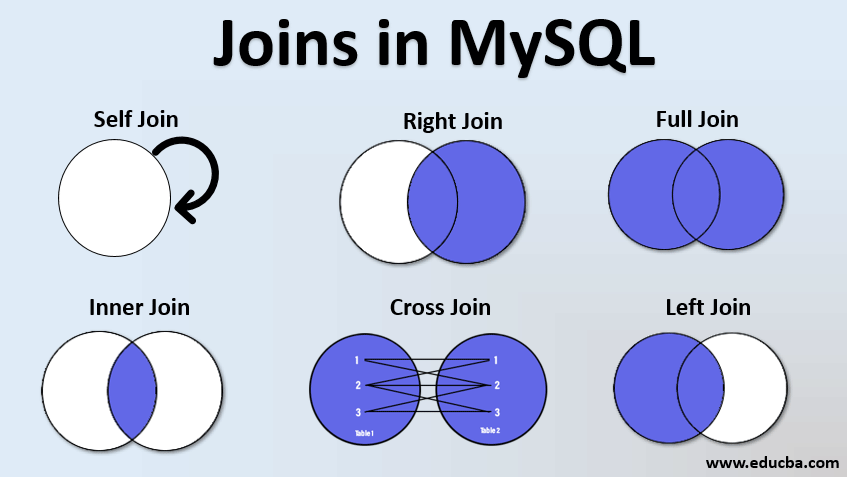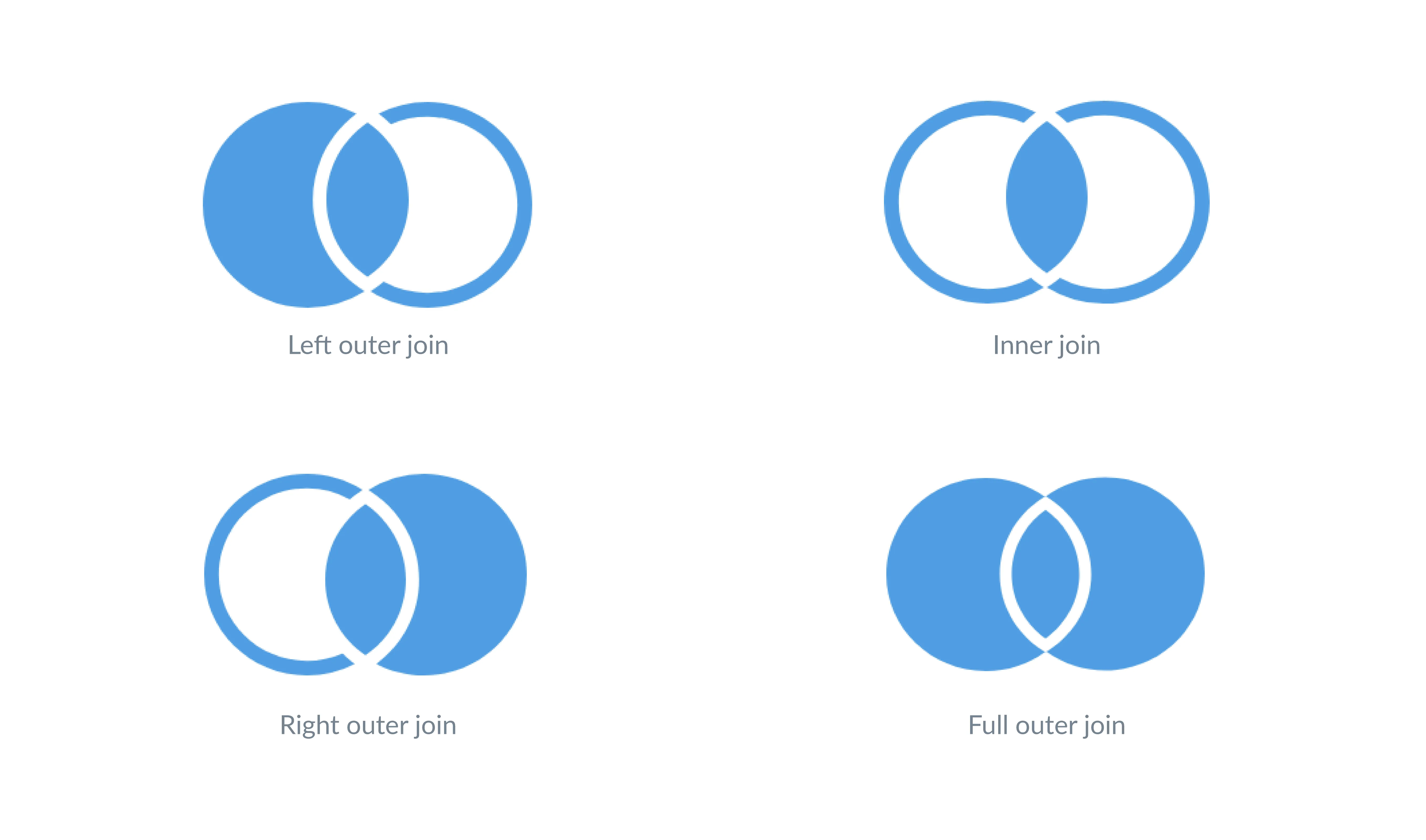Explain Different Types of Joins in Dbms
The various types are. Explain different types of keys available in Relational Model.
Working of MySQL Subquery.

. Today is not a case we have different types of medium which can transmit our message very quickly. Explain Codds Relational database rules. Using DBMS we can overcome many problems such as- data redundancy data.
The term schema refers to the organization of data as a blueprint of how the database is constructed divided into database tables in the case of relational databasesThe formal definition of a database schema is a set of formulas sentences called. Divided into Left Outer Join and Right Outer Join. Self join Joining the table with itself Equi Join Joining two tables by equating two common columns Non Equi Join Joining two tables based on conditions other than equating two common columns Outer Join Joining two tables in.
But JOINS returns rows and Subquery returns either a single value as a result set or a row set. BASIC SERIAL TYPICAL and ALL. Let us explain to you how to use the MySQL Subquery to write any compound queries and also learn the correlated Subquery.
Explain different types of joins. Joins help in explaining the relation between different tables. DBMS is a software in which data is stored in a more secure way as compared to the file-based system.
Join is a queryretrieves data from related columns or rows from multiple tables. To explain join types the rest of this article uses the following tables. Inner join is the most common type of join youll be working withIt returns a dataframe with only those rows that have common characteristics.
We will use these two dataframes to understand the different types of joins. Basically it transmits signals or messages from one computer to another computer. Complete refresh fast refresh and partition change tracking PCT refresh.
Explain different Relational set operators. A plan table name if you are using a table different than PLAN_TABLE. PLSQL also attempts to resolve any procedure or function calls in locally defined.
Explain the different types of joins. Now what is a transmission medium. The count and data types of formal parameters are also considered.
They also enable you to select data with relation to data in another table. In other words DBMS provides us an interface or tool for performing different operations such as the creation of a database inserting data into it deleting data from it updating the data etc. Blank rows are left in the middle while more than equal to two tables are joined.
This function accepts options for displaying the plan table output. The DBMS_MVIEW package contains the APIs whose usage is described in this chapter. One shall practice these interview questions to improve their concepts for various interviews such as campus interviews walk-in interviews company interviews placements entrance exams and other competitive exams.
Explain basic notations. Department table DepartmentID DepartmentName 31. Explain Database Integrity rules.
Marketing DepartmentDepartmentID is the primary key of the Department table whereas. A statement ID if you have set a statement ID with the EXPLAIN PLAN. In this article we will learn about transmission medium and after wireless communication.
4what is joins and types of joins 5why we use join 6give join example based on ur project 7what is table partitions why we are using 8what is view 9type of views 10why we r using view 11what is force view 12what is materialized view and its type 13why we use materialized view 14what is materialized view u created explain based on ur project 15how will log file created. These basic types have been enhanced in Oracle Database 12 c Release 1 with a new refresh option called out-of-place refresh. PLSQL does not look only at the referenced name however to resolve a procedure or function call.
Hence the main use of Subquery can be to compute an instant value for another query to be executed. A format option that determines the level of detail. Here we will learn how to write a complex SQL query and breaking it down into simple steps and building it back from there.
The database schema is its structure described in a formal language supported by the database management system DBMS. Explain The concept of overloading in PLSQL relates to the idea that you can define procedures and functions with the same name. What are the different types of Relationships in DBMS.
Employee table LastName DepartmentID Rafferty. What is a join. When you are given to write a complex SQL query that involves joins across different tables multiple nested conditions then it may sound intimidating especially when you are not so confident or experienced with SQL syntax.
Blank rows are left at. This section of interview questions and answers focuses on Database Management System. There are three basic types of refresh operations.
The transmission medium is further divided into two.

Sql Server Join Types Poster Version 2 Steve Stedman Sql Server Sql Join Data Science

Joins In Dbms Database Management System Prepinsta

Joins In Mysql Learn Top 6 Most Useful Types Of Joins In Mysql

No comments for "Explain Different Types of Joins in Dbms"
Post a Comment